|
LISTEN TO THIS THE AFRICANA VOICE ARTICLE NOW
Getting your Trinity Audio player ready...
|
The Kerio Valley, long known for its breathtaking landscapes and pastoralist heritage, has also become synonymous with insecurity. Banditry and violence have cast a shadow over the region for years, driving residents to flee and crippling essential services like education. On Thursday, January 9, 2025, President William Ruto unveiled a comprehensive security initiative aimed at rewriting that story.
During the commissioning of Liter Girls High School in Elgeyo Marakwet County, President Ruto announced the establishment of permanent Kenya Defence Forces (KDF) camps in Kerio Valley. This, he said, was a crucial step to curb the insecurity that has made the region one of Kenya’s most volatile.
“This time, the military will remain here permanently,” Ruto told a gathering of local leaders and residents. “The police will also set up training stations in the valley to ensure security becomes a permanent reality, not a fleeting intervention.”
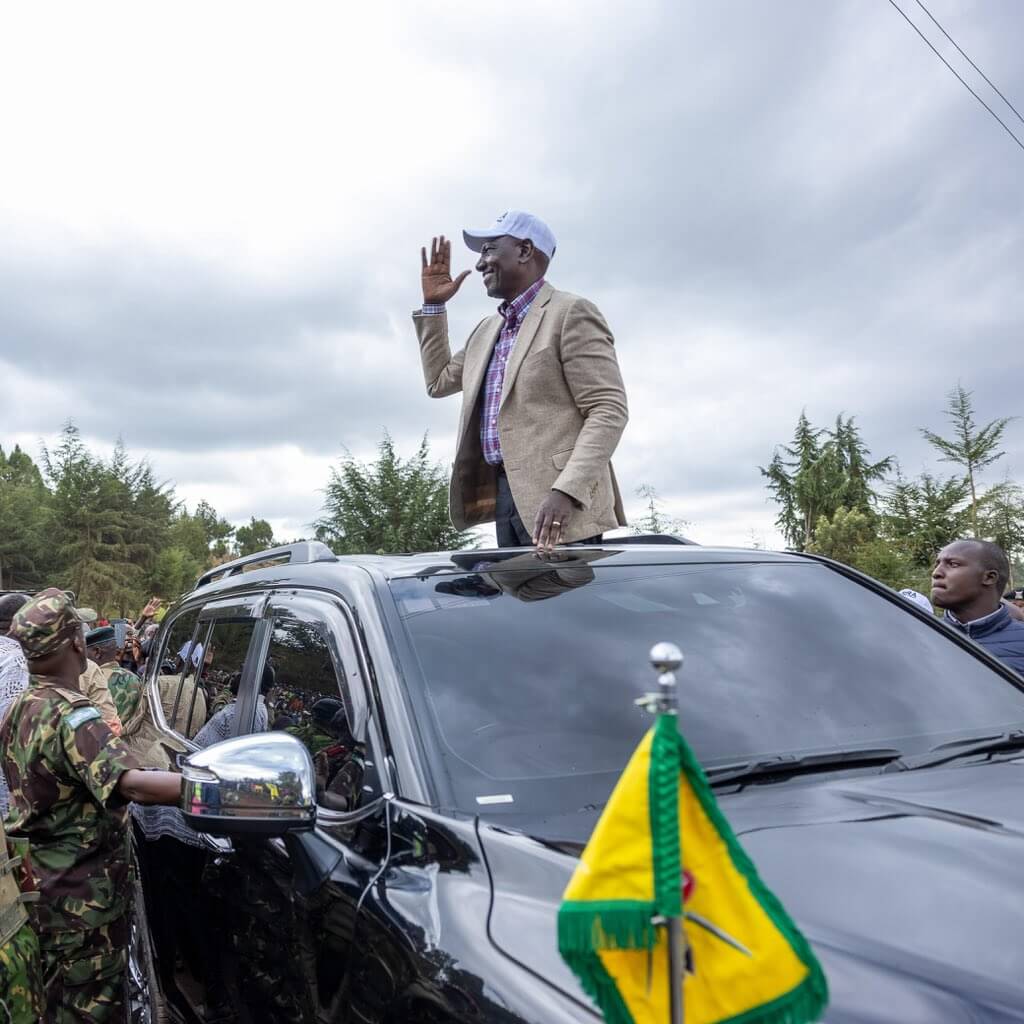
The president’s announcement comes against a backdrop of severe disruption to education in Kerio Valley and neighboring counties. Banditry and cattle rustling have rendered entire communities uninhabitable, forcing families to migrate and leaving schools deserted. In December 2024, the Ministry of Interior reported that 13 schools in Baringo, West Pokot, and Turkana counties remained closed due to persistent violence.
The closures have disrupted the education of thousands of children, many of whom were relocated to other institutions far from home. Teachers, fearing for their lives, were transferred, further deepening the crisis.
President Ruto addressed this grim reality head-on, issuing a three-month deadline for the reopening of all closed schools. He said that education was central to his government’s vision for a transformed Kerio Valley.
“In the next three months, every school must reopen, and every child must return to class,” he said. “We will work with the Teachers Service Commission to ensure teachers are posted here through affirmative action.”
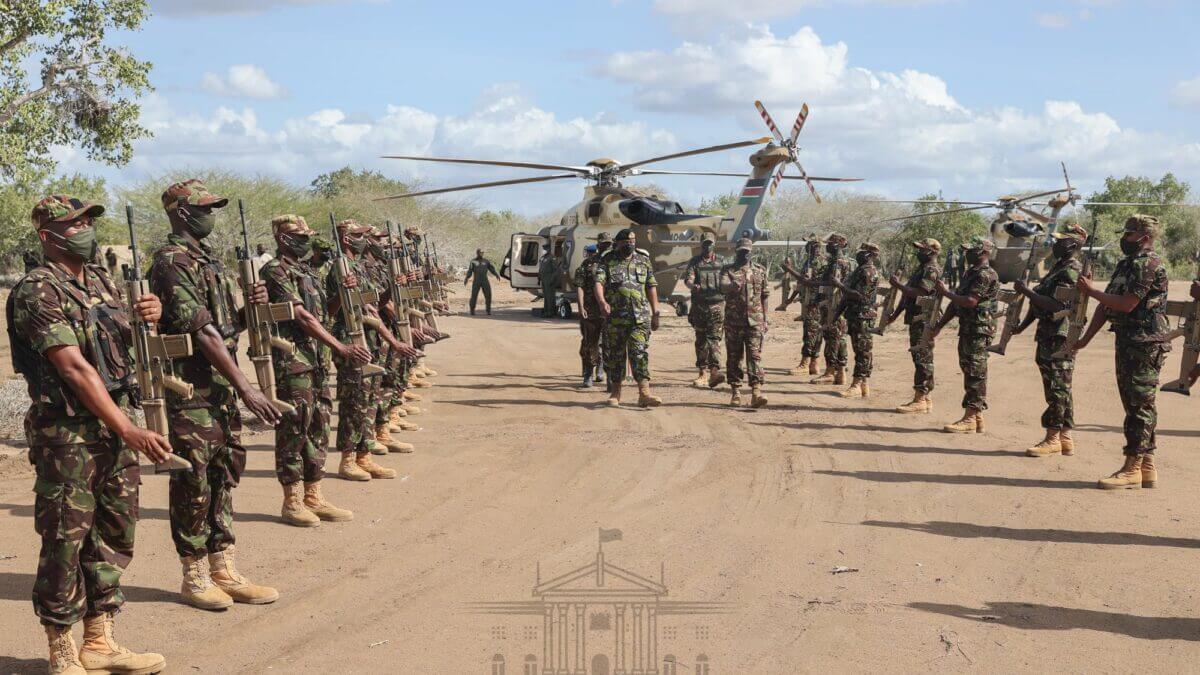
Beyond education, Ruto’s plan seeks to rebuild trust and stability in the region. He directed Interior Cabinet Secretary Kipchumba Murkomen and East Africa Community and Special Programs Cabinet Secretary Beatrice Askul to lead efforts to rehabilitate the valley. This includes resettling families who fled due to insecurity and providing them with support to rebuild their lives.
“The locals who migrated will be assisted to return before the end of the month. We cannot allow our children to remain crowded in schools elsewhere while their own institutions lie empty,” Ruto stated.
To complement these efforts, the president promised funds from the National Treasury to restore critical infrastructure, including schools that were damaged or abandoned.
Kerio Valley’s insecurity is not a new problem. The region’s geography, combined with competition over scarce resources like grazing land, has fueled cycles of violence for decades. Past government interventions, often short-lived, have failed to address the root causes.
Ruto’s plan to establish permanent security installations marks a departure from these temporary fixes. By embedding KDF camps and police stations in the heart of the valley, the government aims to create a sense of lasting stability.
“This region will no longer be defined by conflict,” Ruto said. “We are making Kerio Valley a place of transformation, a symbol of what is possible when security and opportunity come together.”
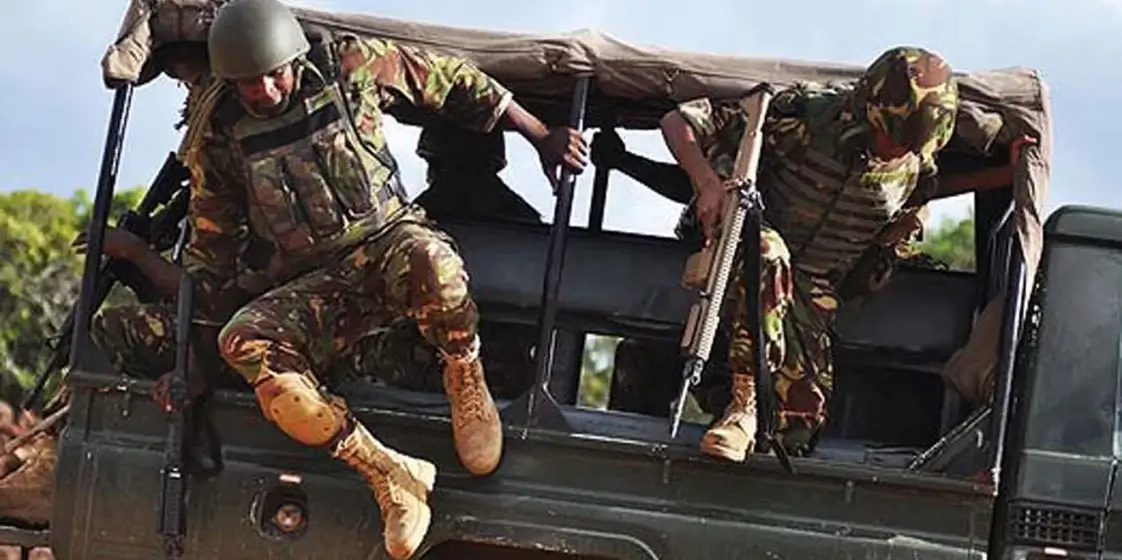

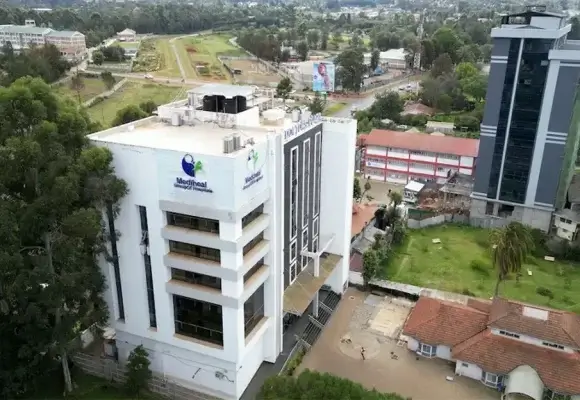

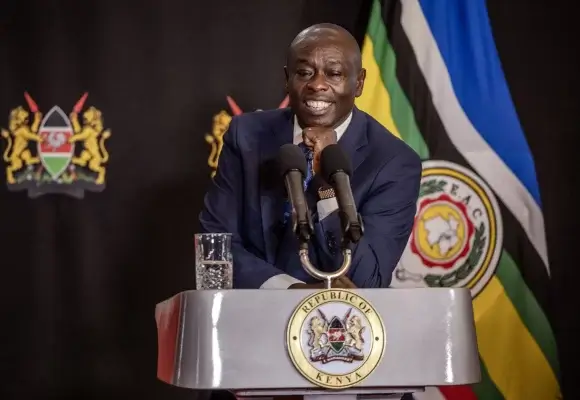
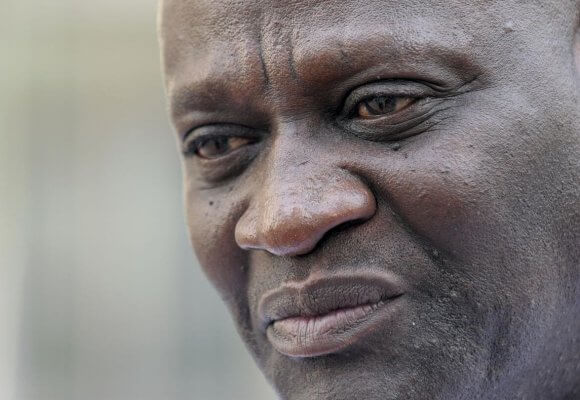



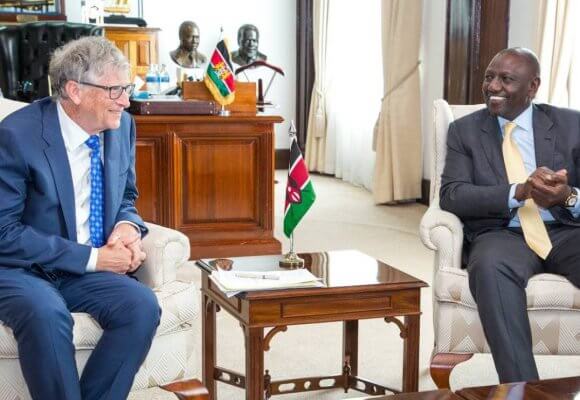
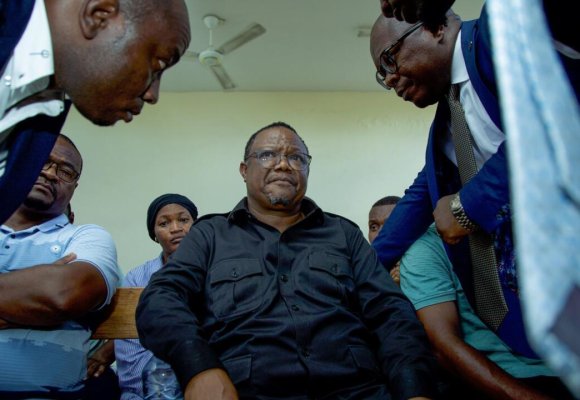
LEAVE A COMMENT
You must be logged in to post a comment.